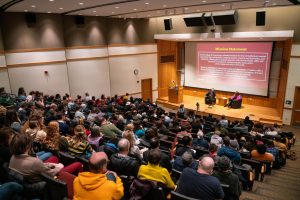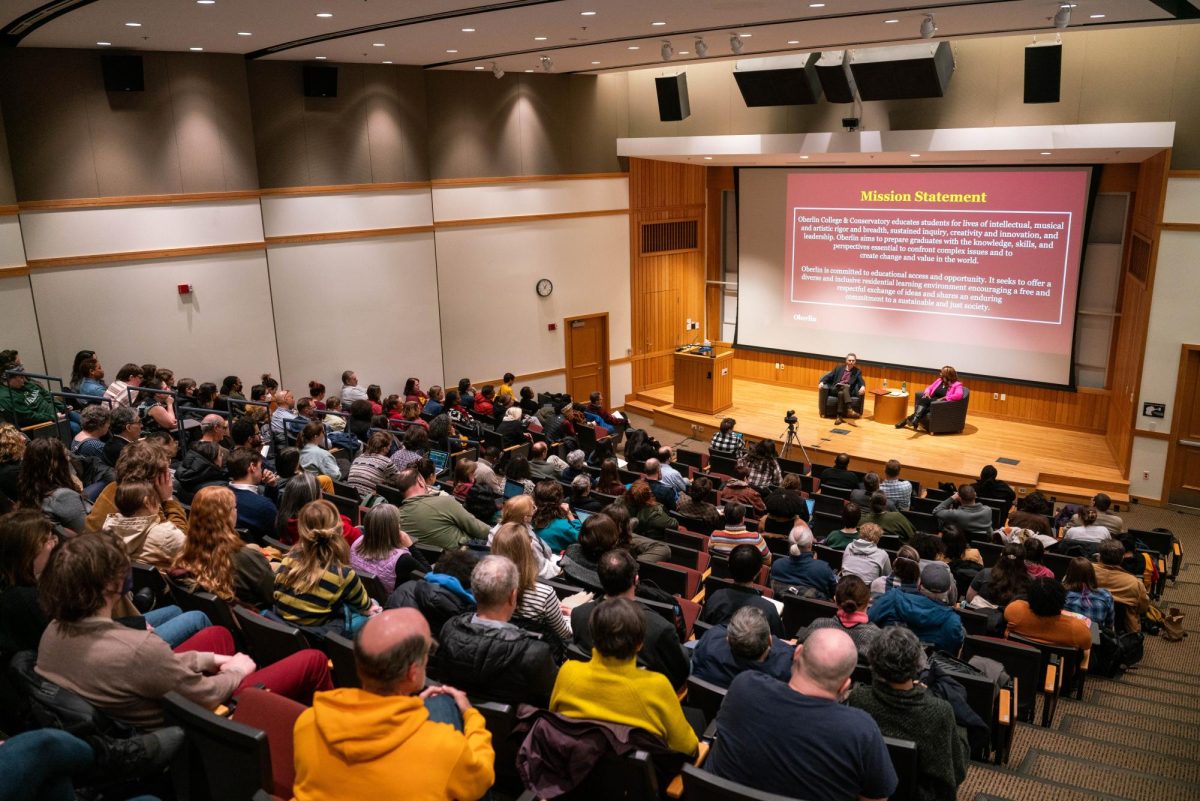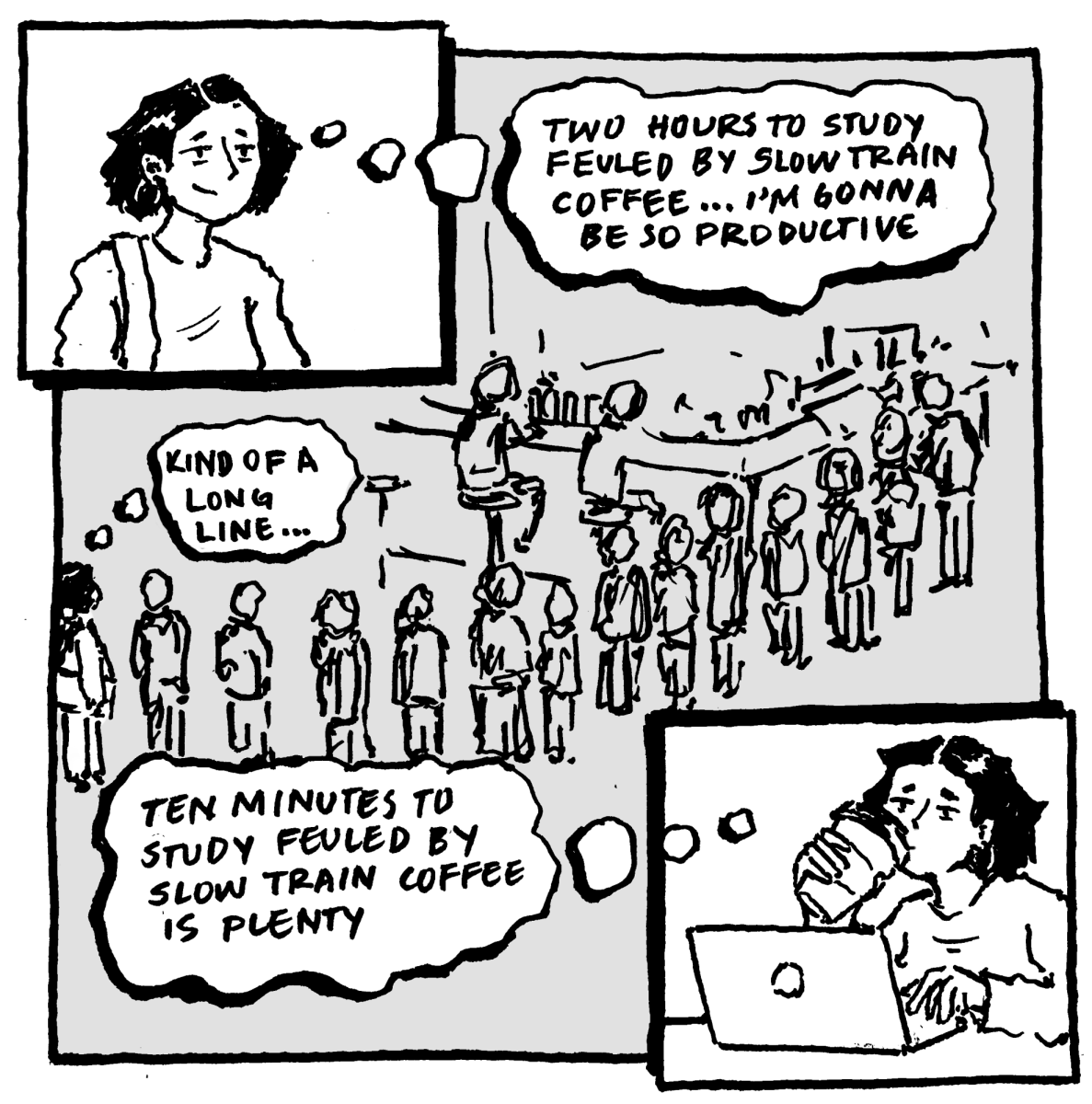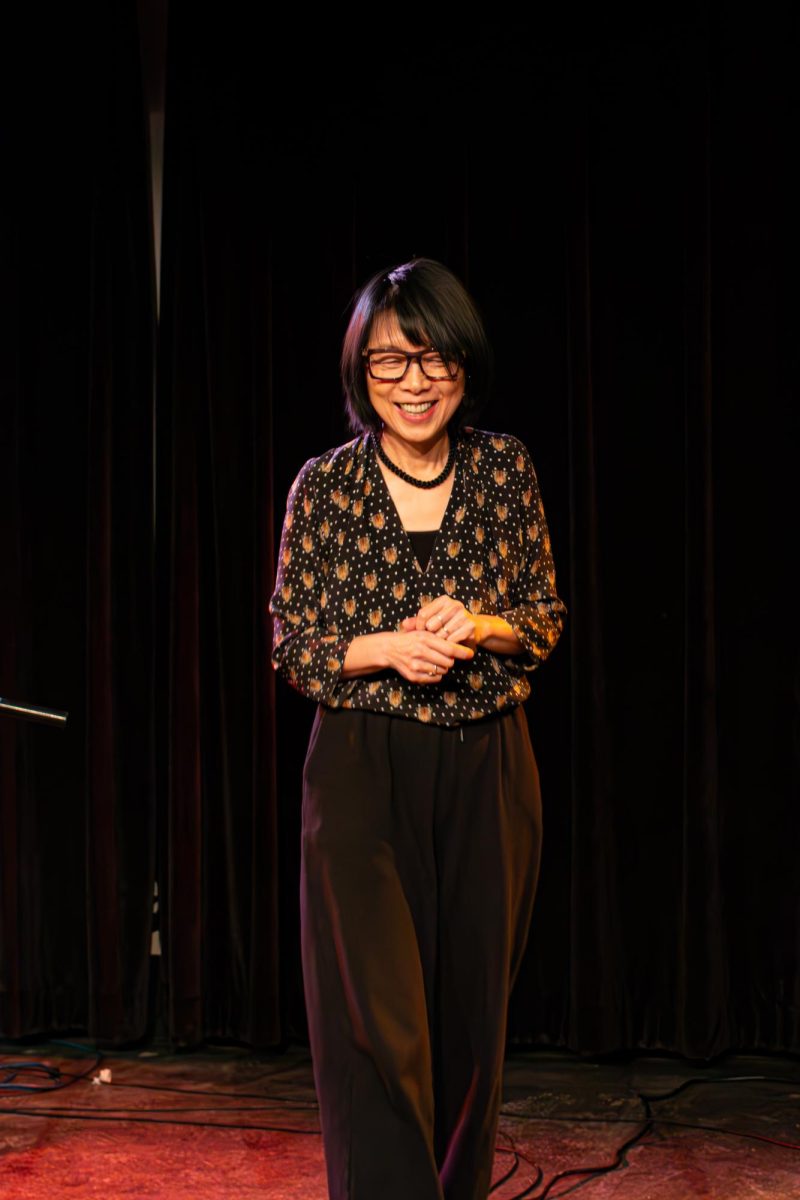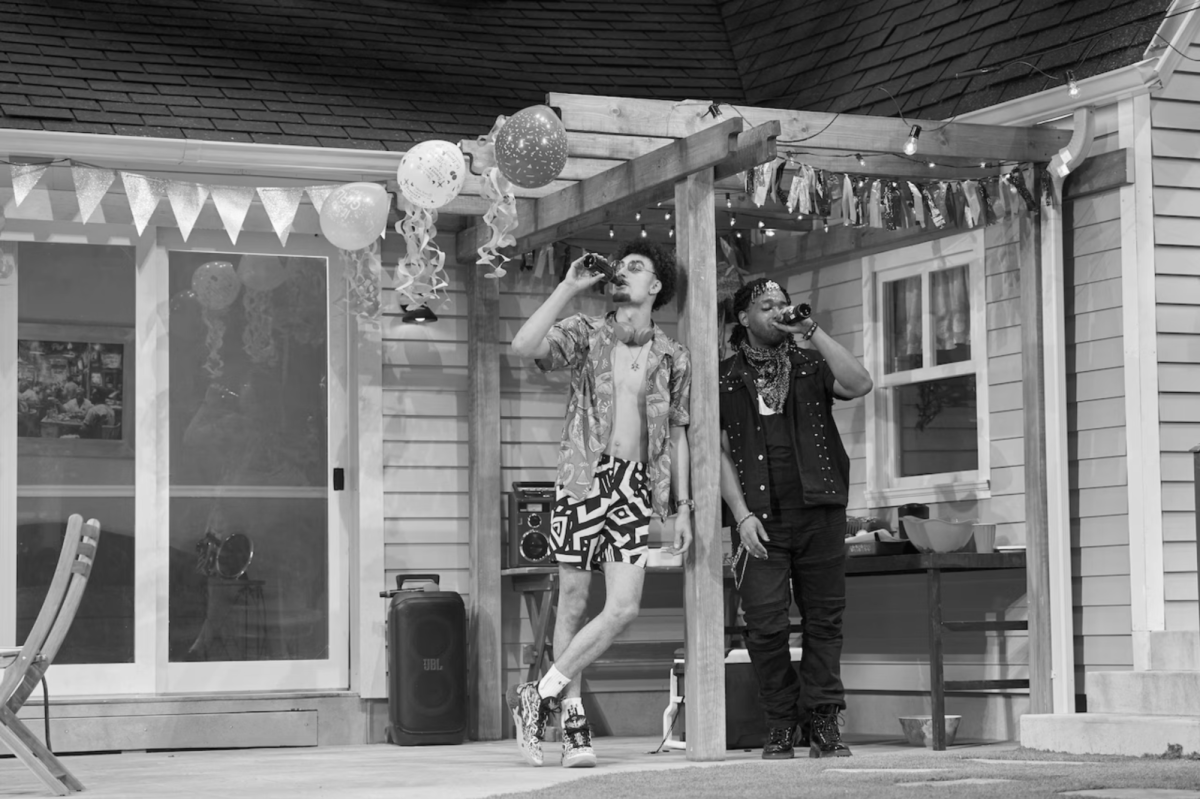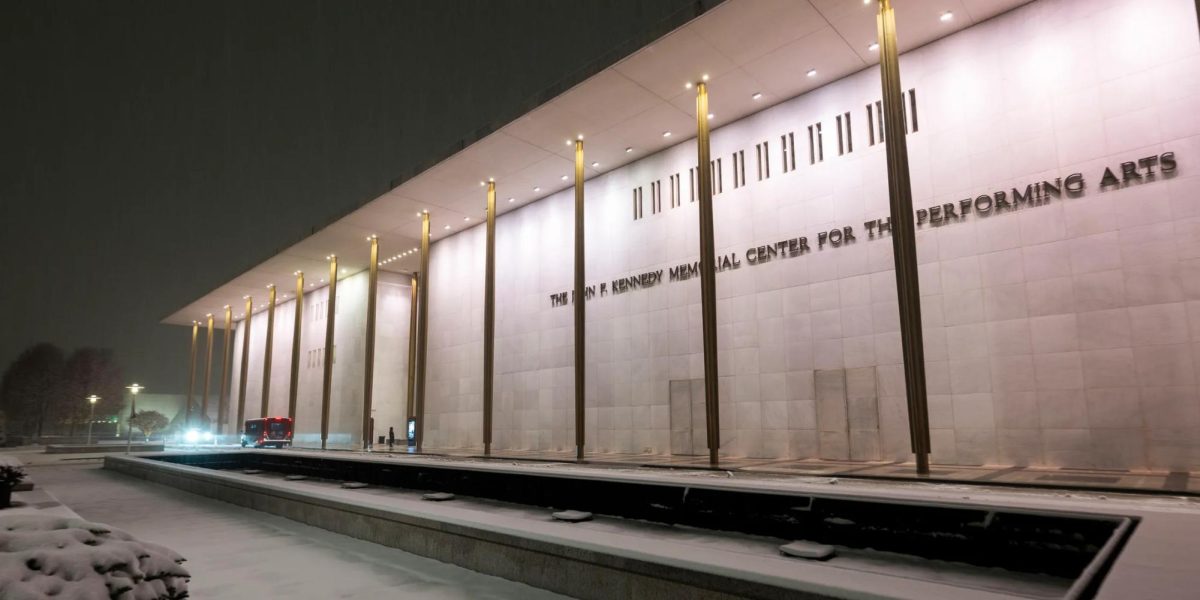Theater Preview: Eurydice
The show, opening this weekend, promises to thrill in off-kilter and unexpected ways.
February 11, 2011
The very old and very new are working together to bring something special to the Oberlin stage this weekend. The Theater and Dance department is staging Sarah Ruhl’s Eurydice, a retelling of the story of Orpheus from the perspective of his wife, the titular character he attempts to rescue from the Underworld.
Since its world premiere in Madison, Wisconsin in 2004, Ruhl’s Eurydice has been immensely well received, with The New York Times praising its 2007 off-Broadway production as “weird and wonderful.” Ruhl’s version of the myth shifts the focus from Orpheus’s quest to regain his lost love to Eurydice’s choice between living with her beloved or her father, with whom she reunites in Hell. The character of Eurydice’s father is Ruhl’s invention, serving as a commentary on growing up and exchanging childhood homes for those we make with new loves.
College senior Kat Lee leads the cast as Eurydice, with College junior Aaron Profumo as Orpheus and Assistant Technical Director David Bugher as Eurydice’s father. College junior Jake Myers plays the dual roles of the Lord of the Underworld and the Nasty Interesting Man. A group of performers playing stones (including OSTA co-Chair and College junior Rachel Graf Evans) functions as the Greek chorus and provides comic relief.
Guest director Barney O’Hanlon comes to Oberlin from Ann Bogart’s SITI company, a group famous for creating unique, spontaneous and affecting pieces of theatre. Bogart is renowned for pioneering the Viewpoints technique, in which all action on stage is divided into space and time, and then further into nine individual Viewpoints (including shape, topography for space, tempo and kinesthetic response for time). According to Bogart’s technique, actors draw inspiration from the text and their environment, using these ideas to inform and categorize the decisions they make on stage. This leads to stronger connections among performers as they acknowledge everything that other actors bring to the space.
For young Oberlin actors interested in Bogart’s technique, Eurydice has provided a unique opportunity for creative exploration. Unlike past Oberlin productions, very little was prescribed at the start of Eurydice’s creative process. According to O’Hanlon, “[the actors] intuitively make … decisions based on the set, based on the text, based on the sound environment. I say yes or no.” Indeed, the Viewpoints technique facilitates a much greater sense of an ensemble than more individualized approaches to the rehearsal process, with more of the spontaneity from rehearsal translating in performance.
Ruhl’s script allows for immense creativity in set design, prompting guest designer Brian H. Scott (also from the SITI) to create a set in space and light that was inspired by the skyboxes of artist James Turrell. Both Scott and O’Hanlon sought to create “a very industrial environment, a very open space where you can let the story do the work.” Such a set reinforces the immense creative possibilities that can be tapped with the Viewpoints technique.
Eurydice’s insistence on what its director calls the “inconstant nature of memory” matches its 90-minute running time. Despite the brevity of the piece, Eurydice promises to both move and delight, and with a director and designer from a world-renowned company (not to mention the resources of a Mainstage production), the three performances are sure to be extraordinary, even within the context of Oberlin’s rich and diverse theater scene.
Eurydice runs Feb. 10, 11 and 12 at 8 p.m. in Hall Auditorium. There will be a talkback with the director following the Feb. 11 performance. Tickets are $4 for students if purchased in advance and $7 at the door. They are available from the Central Ticket Office in Hall Auditorium.




